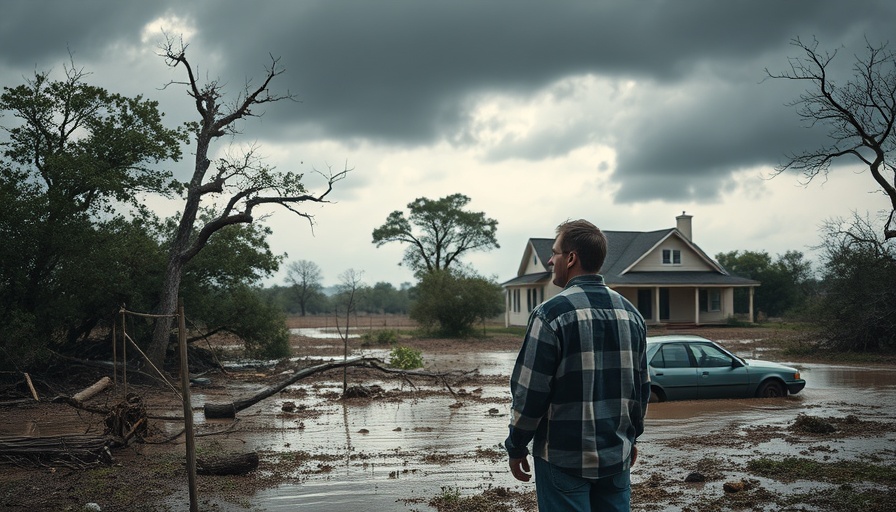
Texas on the Brink: Flood Risks Persist as Death Toll Climbs
The death toll from catastrophic flooding in Texas has now surpassed 80, with more rain forecasted. As Central Texas grapples with the aftermath of this natural disaster, the risk of life-threatening floods continues to loom large. With residents still reeling from the impact of heavy rainfall over the Fourth of July weekend, officials are scrambling to account for the missing and provide aid to those in need.
Personal Accounts Illuminate the Disaster
Amid the harrowing circumstances, stories of survival are emerging. In Kerr County, residents like Reagan Brown are recounting brave acts and narrow escapes. His elderly parents managed to flee their home, which was engulfed by the rising waters. In an act of selflessness, they returned to rescue a trapped neighbor. Such acts of bravery are becoming a beacon of hope in a sea of despair. This community spirit highlights the humanity that shines through even in the darkest times.
The Challenge Ahead: Rescuers Work Relentlessly
Despite ongoing threats of rain worsening conditions, teams of rescuers have been tirelessly combing through areas affected by the flooding. In the search for survivors, they navigate treacherous terrains and deal with the possibility of encountering dangerous wildlife displaced by the floods. Currently, around 41 residents remain unaccounted for, including ten girls and a counselor from Camp Mystic. As the days pass, the chance of finding survivors grows slimmer, intensifying the urgency of the situation.
Governor’s Warning: The Danger of Saturated Grounds
Texas Governor Greg Abbott has voiced grave concerns about the potential for additional flooding as meteorological forecasts predict continued heavy rains that may persist into coming days. His caution underscores the vulnerabilities of areas already saturated with water. This acknowledgment of ongoing risk is vital—both for public safety and for mobilizing additional support to those most affected.
Community Resilience in Times of Crisis
In the wake of such disastrous flooding, Texas communities are banding together, as evidenced by the influx of volunteers who are also part of families with missing loved ones. These volunteers are not just helping with physical labor but are providing emotional support and solidarity in a time of great distress. The local residents’ resolve to assist one another, whether through organizing food drives or helping clear debris, is a testament to the strength of community bonds.
Looking Forward: The Road to Recovery
As search and rescue efforts continue, the path to recovery for affected communities will be long and arduous. Families who have lost everything are beginning the process of sifting through the wreckage, searching for something salvageable. Recovery plans need to be robust to not only address immediate needs but also prepare for future storms, transforming lessons learned into actionable strategies for preparedness.
Conclusion: Assessing Future Risks and Safety Precautions
The recent floods serve as a stark reminder of the increasing frequency and severity of natural disasters, exacerbated by climate change. As communities reflect on the destruction they’ve faced, it places a spotlight on the importance of infrastructure resilience and the need for comprehensive disaster preparedness plans. Moving forward, Texas must prioritize support for infrastructure improvements and effective emergency response frameworks, ensuring that the safety of its residents is paramount.
Those looking to help can find various local charities and organizations dedicated to providing immediate relief and long-term recovery efforts in affected areas. Engaging in support not only provides necessary resources for recovery but also strengthens community ties during times of adversity.
 Add Row
Add Row  Add
Add 



Write A Comment